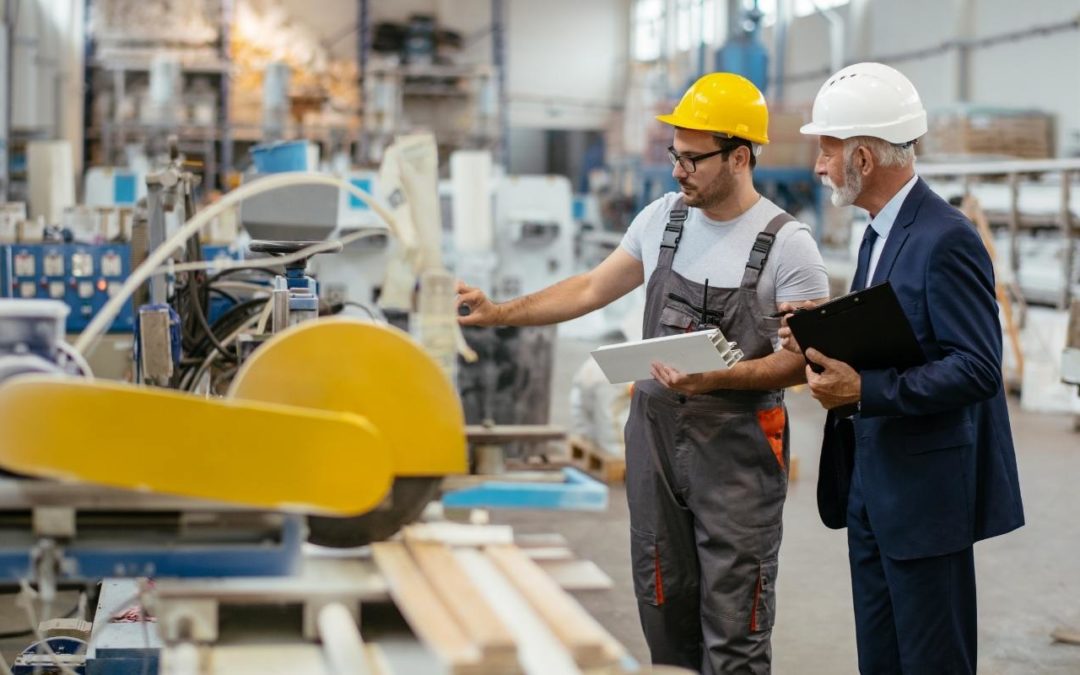Safety managers know that creating a culture of safety is an ongoing process that requires processes and procedures, but sometimes more importantly, morale building and an attitude of teamwork and care that goes beyond just getting the job done. But how can businesses, HR departments, and safety managers develop a culture of safety and avoid concerns about excessive oversight and micro-management? Let’s look at some things you can put in place to support a culture of constructive safety.
Meet and Beat Compliance
In many outdoor, ranching, or sporting goods stores employees are regularly in contact with hundreds of materials and chemicals that come with Osha compliance standards. And Osha standards are just that – standards. They are backed by law and require compliance, but a team that proactively shares in preempting risks and solving problems doesn’t just follow rules – they demonstrate care for one another through performing safety.
Meeting and beating compliance takes a couple of steps: training and review, and proactively asking employees to create solutions. When employees do create solutions, management needs to empower action.
Celebrate Problem Solving
Recognizing employees for their contributions is important. All hands meetings recognition, safety awards, calling out employees for identifying or eliminating risks, and bonusing employees due to reduced costs of business, including features like safety and efficiency, can go a long way to connecting performance and mutual effort. Empowering team members to lead and train one another is a way to increase ownership as well.
Equitable drug screening and capacity testing
Ensuring that everyone on the team is ready and able to do their job is an important part of safety as well. If one employee is concealing pain or injury, that can put the team at risk, just as an employee that works impaired. When capacity testing and drug screening is on one hand regular and consistent, delivered by a consistent policy such as at the time of an unsafe incident, and on another, randomized so as to spot check, employees recognize that safety matters to leadership.
Working with a consistent health provider
One of the best ways to gather information about both short and long-term health issues that can arise from work is to provide capacity testing, screening and recovery through a single provider. Our article on data and record-keeping provides the details behind the how and the why of consistency in data.
Provide the latest safety equipment
There’s mandatory equipment like helmets, rigging, and vests, then there are new technologies entering the market. Wearables are one of the newest additions to the safety environment. Wearables can track elements such as volatile organic compounds and particulates to evaluate air quality. They can also track location to determine if workers are too close or too far from one another.
With better data comes better problem solving, but remember that technology can’t stand in for people when it comes to developing insights and plans of action. Teams can use data to dig in, collect worker stories and recommendations, and develop new practices.
Provide Visual reminders
Safety posters in the lunch room don’t mean much if they aren’t read and don’t turn into employee action during production. Consider ways of demarcating pathways, chemical storage, sharps, items that could fall or cause blunt injury, and temporary risks such as slick surfaces. A well-designed visual system that utilizes color codes, text, and illustrations go a long way toward creating a safe workspace.
Empower your safety committee
Safety committee meetings can become a checklist item only held to get them out of the way.
When safety committees are empowered to identify, assess and solve problems, safety meetings become a way to review, recap, and document ongoing work in the field. The difference in the energy of team members and the results of the work once the approach to safety meetings changes can be significant.
Develop a relationship with a comprehensive occupational health provider
When you partner with an occupational health clinic to provide comprehensive services, your provider should become a resource to your business. When you partner with Midtown Occupational Health you get records management along with care. Coordinate your new employee screenings, annual checkups and injury recovery to collect better data and to make informed decisions.
Of course, employees can choose their provider for after-injury care, but when you have a partnership in place, it gives employees a reason to come back. Talk to us about how we can help as you adapt your safety procedures over time.



Recent Comments